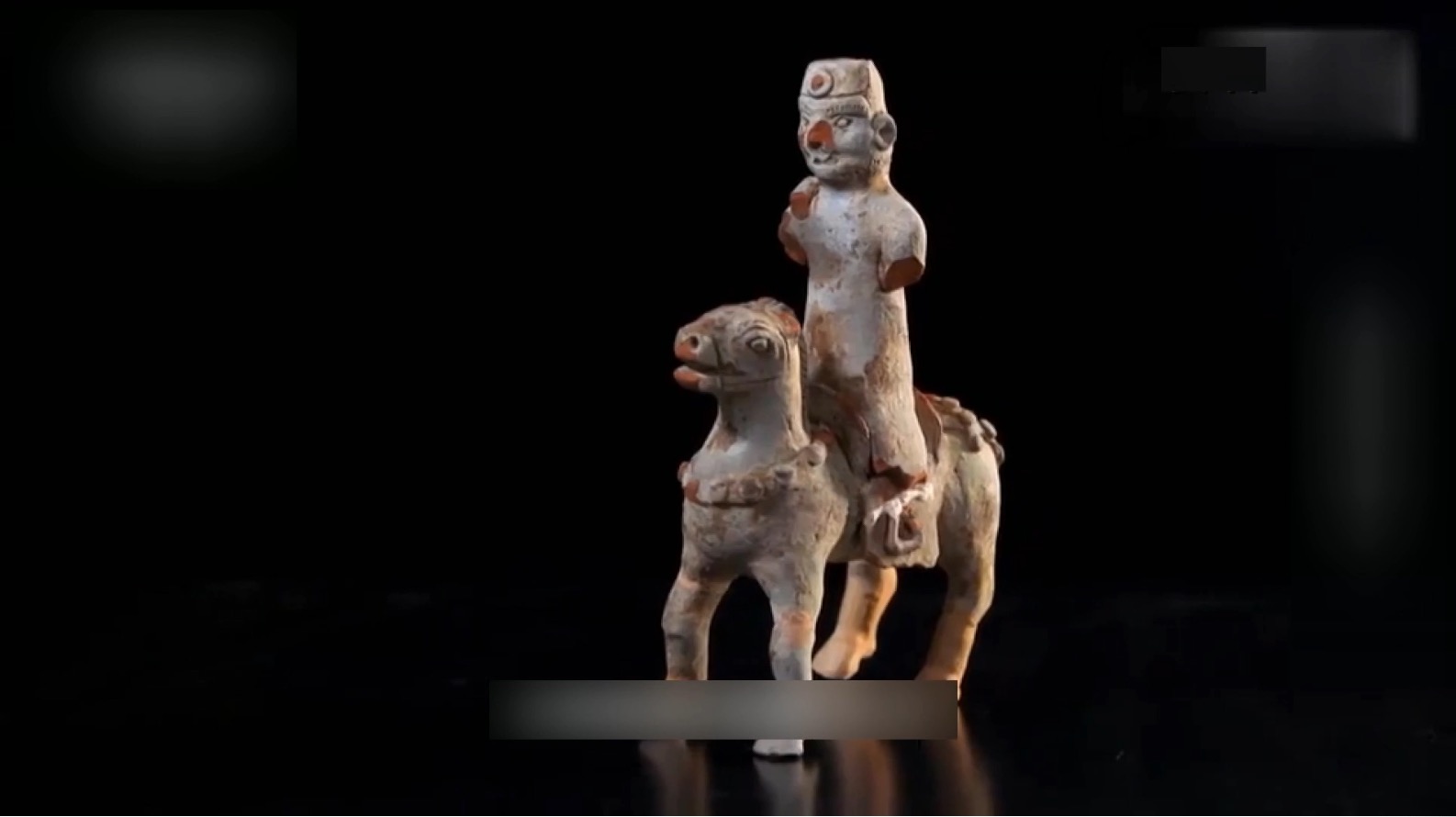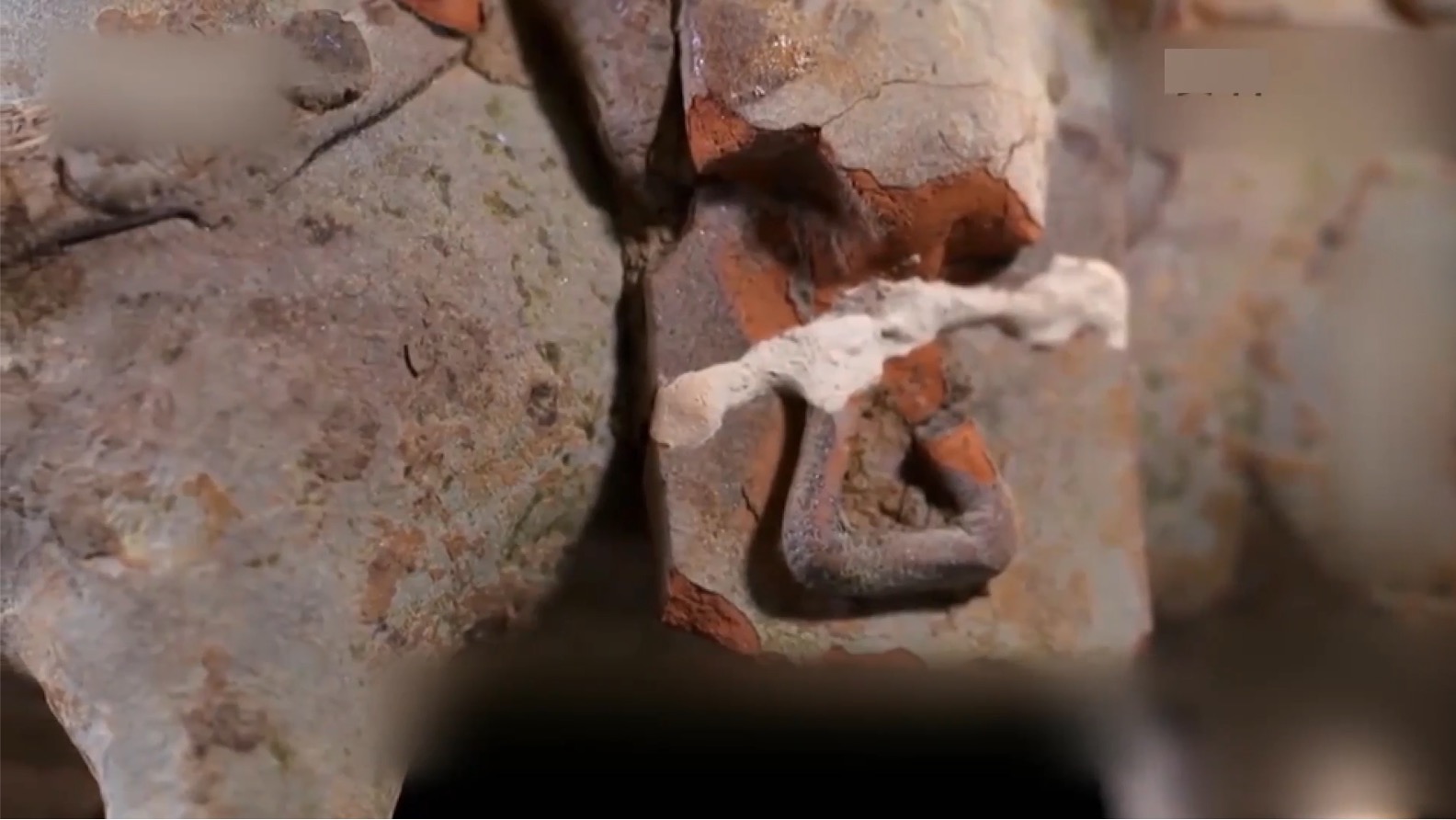



In the fourth national census of cultural relics, a horse-riding figurine from the tomb of the Ding Feng family in Wubai Village of Nanjing broke the world record, the Jiangsu Provincial Cultural Relics Bureau said recently.

Since the second half of 2019, the Nanjing Institute of Archaeology has unearthed 16 horse riding and drumming figurines, which belonged to the military band at that time. Archaeologists have discovered the image of stirrups on one of the horse-riding figurines, which is less than 20 centimeters tall.
"This set of horse-riding figurines shocked us. One of the figurines has a single-sided stirrup on one side, which is triangular in shape. The use of stirrups is beneficial for cavalry and archery, and is important for achieving more balance on horseback," Zhou Baohua, a research curator at Nanjing Archaeological Research Institute, said.


It is widely believed in the academic community that the invention of the stirrup made cavalry the most powerful combat force in human warfare, profoundly influencing the progress of human civilization, including the course of European history.
The earliest known image of a stirrup in the world dates back to the year 271 AD when the famous general Ding Feng of the State of Eastern Wu passed away. The previous world record was held by pottery figurines from a tomb of the Western Jin Dynasty in Jinpenling of Changsha city in Hunan province, which dates back to 302 AD. The discovery of Ding Feng's tomb pushed this world record 31 years earlier from the Western Jin Dynasty to Eastern Wu.